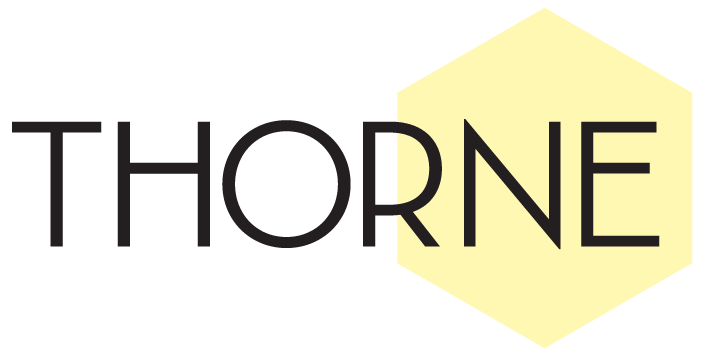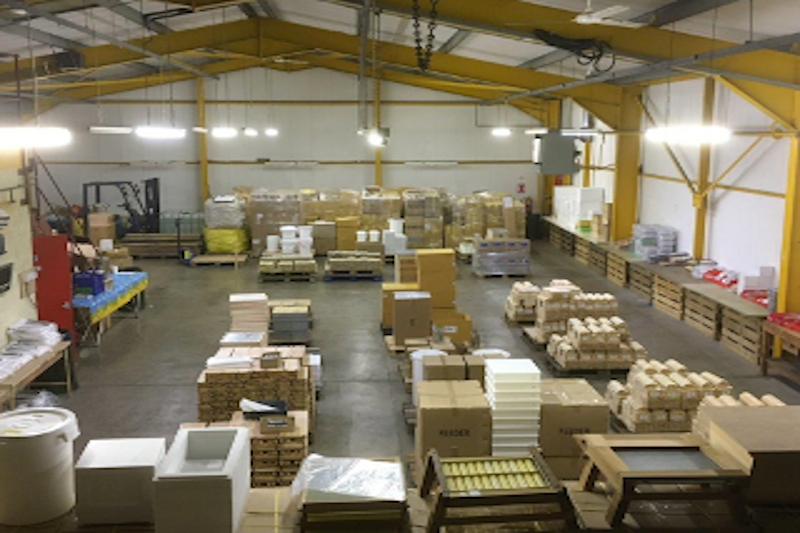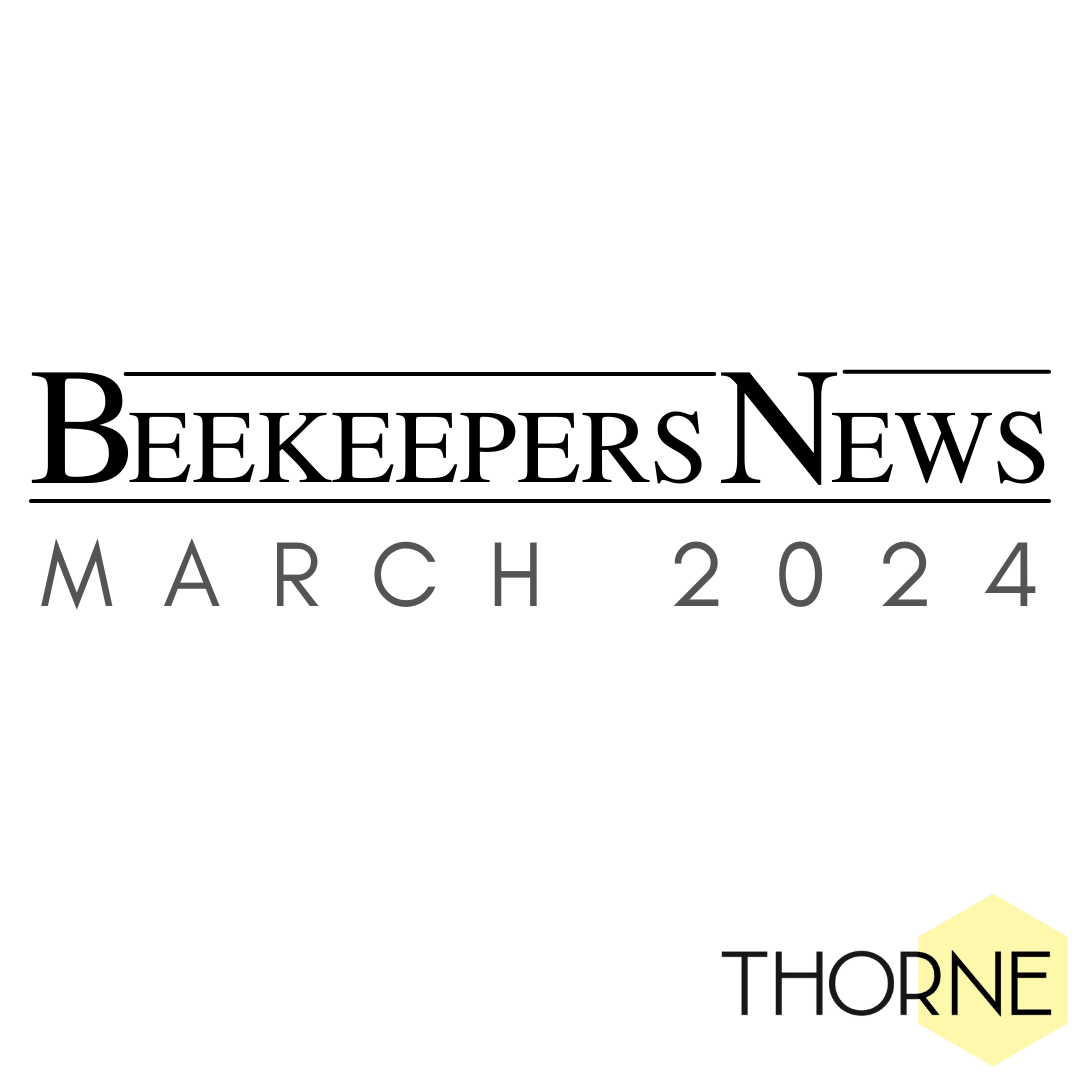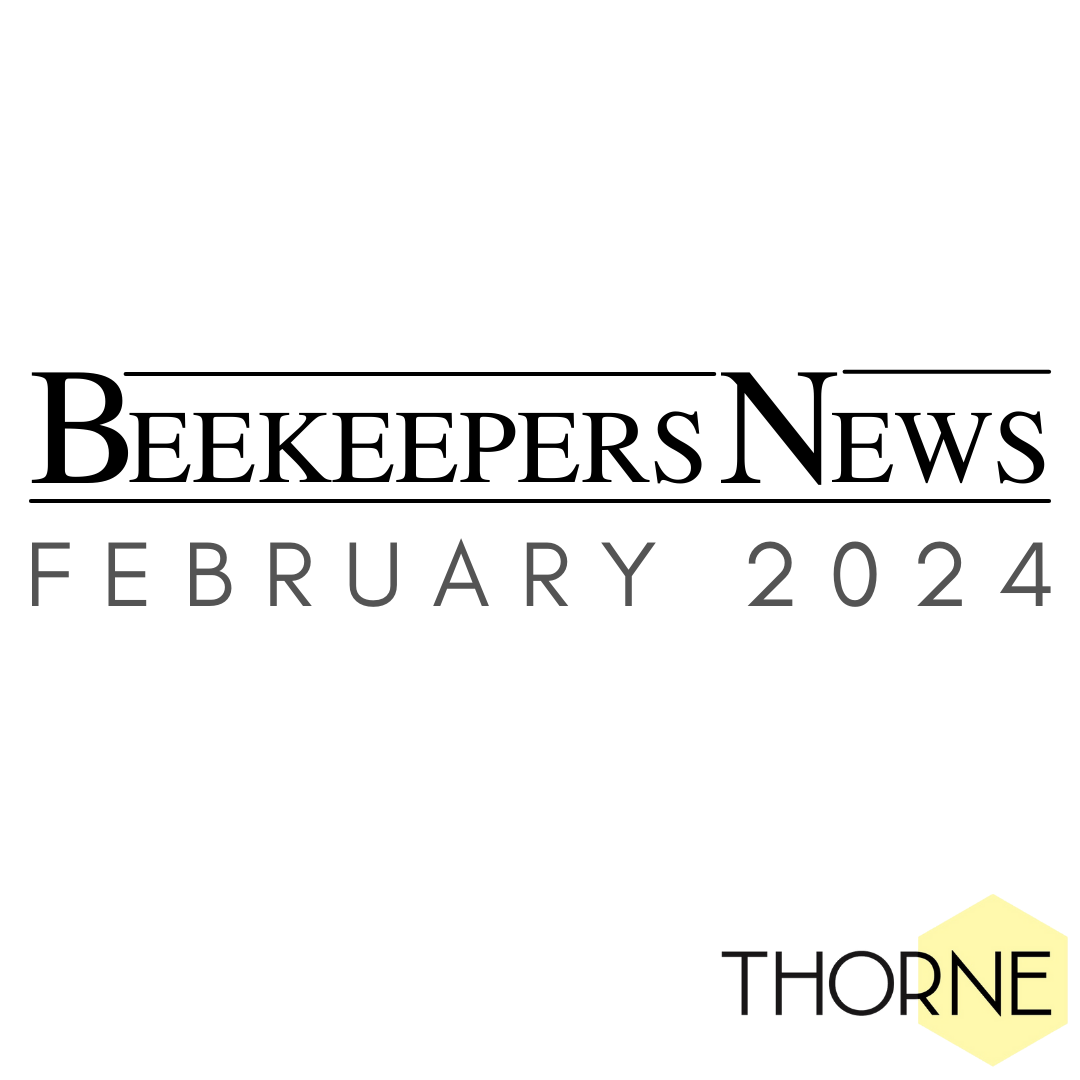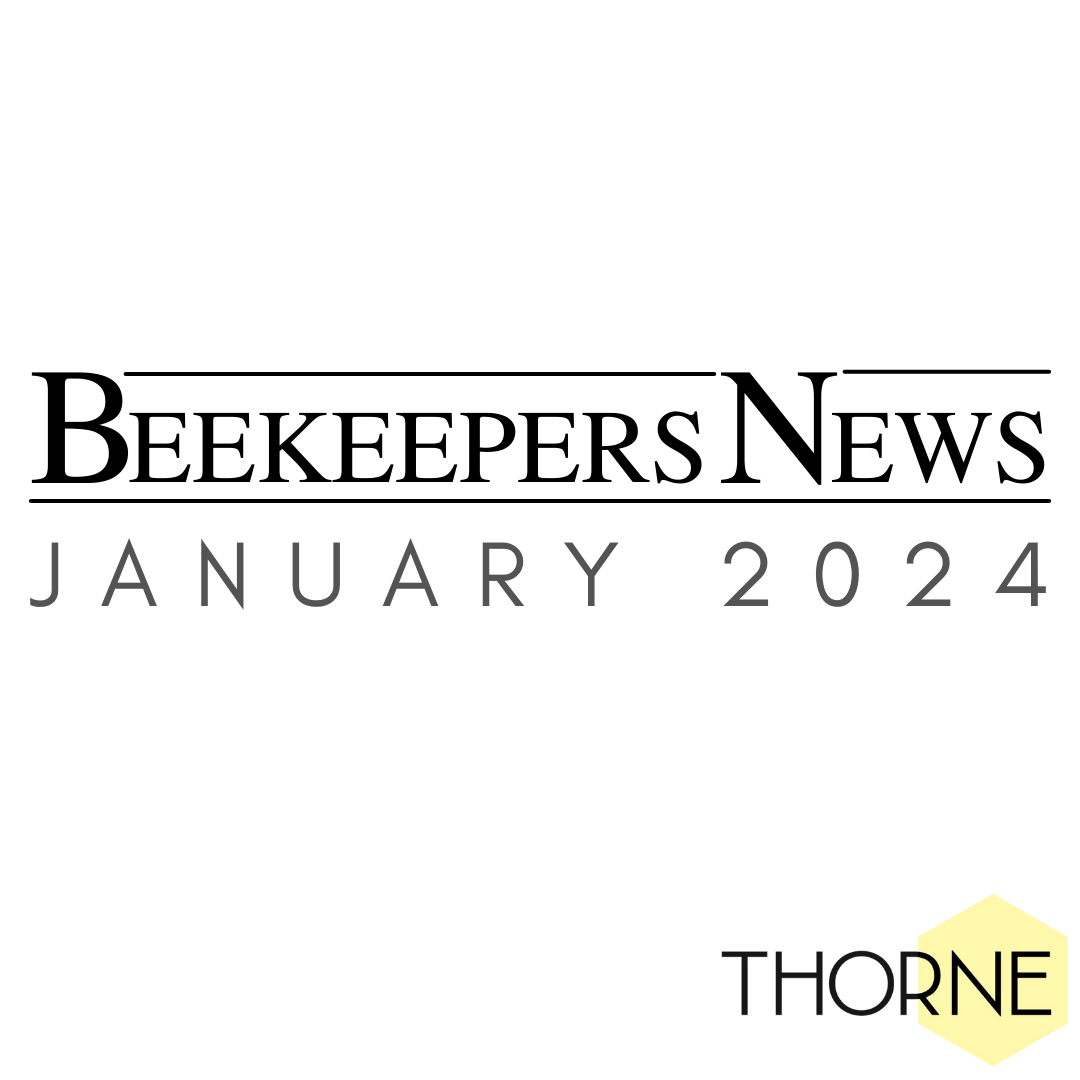August Roundup
August is a month of consolidating after the rush of the season and of course preparing for our branch sale days. The first was in Scotland in early August. Brian and his team welcomed our customers who browsed around the shop and warehouse, which was full of bargains. The photo below shows the warehouse full of bargains brought up especially for the sale from Rand. Anthony drove the lorry north from Rand and the photo shows the customer orders unloaded and ready for collection. As usual two great sale days in Scotland.
August is always a busy month for Brian at our Scottish branch. In addition to the two sale days he also hosted the SBA Honey Day. Beekeepers were able to come and try their hand at uncapping, extracting and bottling, in addition to listening to talks from expert beekeepers.
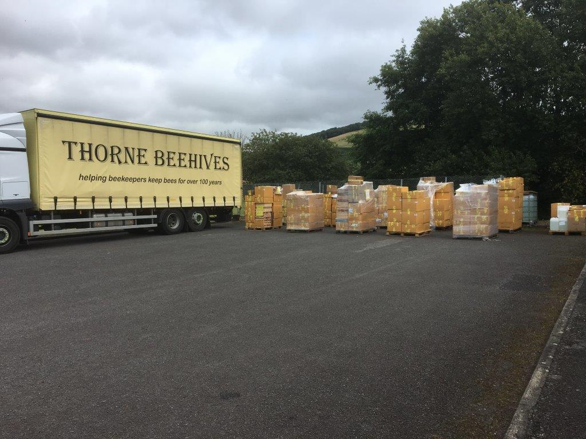
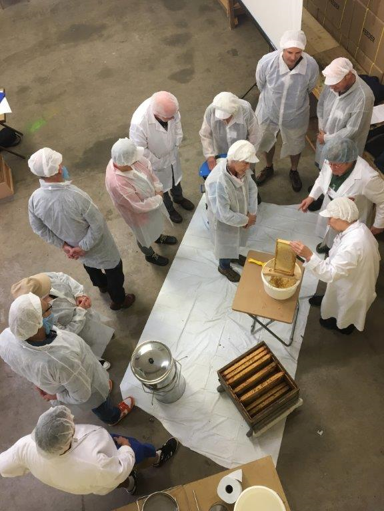
Towards the end of August we start preparing for the Windsor Sale Day – held on the 2nd September this year. It takes a lot of preparation and several trips down in our lorry but the day is always widely anticipated, and enjoyed by both customers and Thorne staff alike. Hope to see as many of you as possible this year!
We also wanted to share a couple of photos from the recent Classic and Vintage Car Rally, held at our site at Rand, hosted by Lindum Lincoln Rotary Group. It was a glorious day with hundreds of classic and vintage cars. Visitors enjoyed the beautiful landscaped grounds in perfect August weather, whilst raising money for charity. We even found another use for our lorry!

Equipment Focus………
We are pleased to be stocking the popular Feedbee Pollen Substitute.
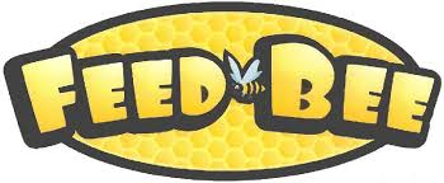
Feedbee is a tried and tested pollen substitute from Canada.
It has one of the highest protein contents of any pollen substitute at just over 36% and contains no chemicals, preservatives or soy products of any kind.
It can be fed at any time of year as a Slushy Patty, a Soft Patty, Liquid Feed or in powder form – it can even be applied with a grout gun along the top bars! It is highly palatable, nutritionally balanced and highly efficient. The resulting benefits of using Feedbee can impact enormously on brood rearing, colony population and honey crop and it contains high levels of vitamins and minerals that are key to honeybees resistance to AFB, EFB, Varroa and Acarine.
The fact that Feedbee does not contain any soy based products is important as soy products contain inhibiting enzymes that restrain digestion and absorption of certain proteins in the digestive tract of honey bees. Soy products also contain toxic sugars such as Stachyose and Raffinose which are highly toxic to bees.
Research on feeding of Feedbee in a variety of forms has been carried out in Canada, USA, Spain, Italy, Jordan, Australia, New Zealand and many other countries. All results show a greater acceptance of Feedbee over soy based products.
Visit www.feedbee.com for further scientific information and numerous testimonials on the product.
Feedbee is available in the following pack sizes
• 500g £3.80
• 1.5kg £7.40
• 3.0kg £13.80
• 20kg £72.08 - Carriage paid
Details of how to make the patties can be found on our website.
Ask our Expert
This month our expert discusses the problem of Wasps
Most people start encountering wasps at this time of year and they can become a problem… you have to understand why they do what they do to be able to counter them effectively.
Wasps like Bumble bees survive from one year to the next through their Queens, the only insect in their colony who can survive frosts and sub-zero temperatures. Wasp workers in spring feed the larvae of the colony on protein (gathered from fresh insects such as aphids, whitefly, blackfly and caterpillars) and are rewarded by the larvae with a sweet secretion “as a reward”. In mid to late summer as the colony starts to raise Drones and Queens and worker brood dwindles the source of sweetness is no longer available. The “conditioned” workers now switch from hunting for meat (protein) to sugar (carbohydrate) for their “fix”, sources such as coke, jam, honey rotting fruit etc... making themselves very unwelcome at picnics and around hives. So what can we do to counter this?
In winter and very early spring check your hive roofs, and despatch all of the over wintering Queen Wasps you find there (they use the warmth of the hive to help keep them dry and above freezing).
In early spring any wasp you see will be a new Queen Wasp (each one a new colony in potential) every one of them that you swat is one colony less in the future. The queens are very quick and if you miss hit they will be gone… they have to survive so won’t put up a fight.
At the same time you start to see new Queen Wasps it is time to deploy the Waspinator. It is a mimic nest, best put up early in the season. Any passing queen seeing that this area is already taken/occupied will move on, exporting the nest site problem away from your immediate locality…
Once the wasps switch to sugar you can deploy wasp traps baited with a sugar lure, Jam, fruit/Juice, yeast, cider – they aren’t fussy as long as it is sweet. These traps can be used in the spring, but then they should be baited with protein – ham, prawns, mashed up.
To make your hives less attractive to wasps try the following…
Reduce entrances (I run mine with the entrance block in all year round). If the bees crowd around the entrance all well and good, at least no unwanted visitors are going to get in that way. If the colony is weak I will reduce the entrance still further by putting part of a foam strip into the entrance.
Or why not try the ‘Wasp-Out’? A simple and neat device that replaces the standard entrance block of a National Hive. It disorientates predator wasps. They hover outside the perforated screen while the bees enter and exit left and right.
I also seal the Varroa sampling board. If you don’t the wasps will “clean” most of the protein away – as this includes, bits of bees, varroa, wax moth larvae and pollen you may upon inspection think all is well in your hive when it is not!
If you run WBC’s or Nationals with gable roofs – wasps can and will get in through the cone escapes, then through the porters on the crown board… they will take what they want and leave through the front door as the guard bees won’t stop then leaving. You can break them of this habit by replacing the Porters with Ventilators. Any bees trapped under the roof can still use the cone escape as it is intended.
So next year don’t be reactive be proactive!
Bees for Development Update
Conwy Honey Fair – the oldest Honey Fair in the world Wednesday 13th September
Conwy in North Wales has tremendous traditions concerning honey and beekeeping: The Conwy Honey Fair began more than 700 years ago during the reign of King Edward 1st, when local beekeepers were first given the right to sell honey within the walls of the North Wales town, every September 13th September. The tradition continues and once again this year on 13th September, beekeepers will sell their honey, and the public can meet them, talk about bees, and buy local honey and many other bee products. Another (more recent) tradition is that every year Conwy Beekeepers raise significant funds for Bees for Development during the Fair. There are also many plant stalls, home produce, and local bee-related crafts; and Conwy Farmers’ Market on the Quay.
Bill Turnbull & Professor Tom Seeley
Evening social including quiz and bee chat
Friday 27 Oct from 6pm
At the National Honey Show, Sandown Park
Coming to the Honey Show? This is THE best way to spend Friday evening! Good company and supporting
Bees for Development.
Come on your own: we’ll organise teams.
Early-bird tickets will be available soon on 01600 714848 www.beesfordevelopment.org
Bees for Development UK Charity 1078803
National Honey Show News
The 2017 Show Schedule, just back from the printers, has now been posted out to members, and is available on the website. There are changes to the numbering of classes to fit in this year’s new classes:
18 A ‘For sale’ display of honey and beeswax products
63 Metheglin or hyppocras
64 Melomel or pyment
65 Cyser
135 Honey marmalade
138 Honey vinegar
There’s plenty of variety for hive products, artistic, a combination of both, invention etc etc entries. Entry forms need to be sent to the Entries Secretary for the videos, essays, microscope slides and photographs by 15th September, most entries need to be received by 9th October. The resulting display is breathtaking, each year surpassing the last.
This year there will be two cafe areas, one at each end of the huge hall, for relaxing and chatting in between attending main lectures, the Friday Bee Craft lectures from young UK researchers, the Saturday beginners lectures, the workshops and the displays and trade stands in the main hall.
Workshop booking, via the National Honey Show website, opens on 1st September, spaces are, by definition, limited and many have a waiting list. The desk is ‘manned’ only 30 minutes before each workshop is due to start. Workshops are held at the far end of the hall, apart from skep making in the Brasserie, in an annexe, so allow not only an extra 5 mins (more if the spectacle distracts you on the way), but another 10 or 15 minutes to confirm your place.
As always, if you can offer a couple of hours or half a day stewarding, you would be warmly welcomed. Do please contact Bill: chiefsteward@honeyshow.co.uk.
Other than that it’s not too late to book a trade stand, plan your entries, plan a visit, book a minibus or organise a coach to the show.
We look forward to seeing you there.
The National Honey Show, 26 to 28 October 2017, Sandown Park Racecourse, Esher, KT10 9AJ www.honeyshow.co.uk
Upcoming Events
Thornes of Windsor Sale Day - Saturday 2nd September 10am – 1.00pm
Thornes of Stockbridge Sale Day - Saturday 23rd September 10am – 1.00pm
Rand Sale and Open Day - Saturday 14th October 10am onwards
We are now taking orders for collection at the Stockbridge and Rand sales and the National Honey Show. (insert link to our sale page here please!!)
